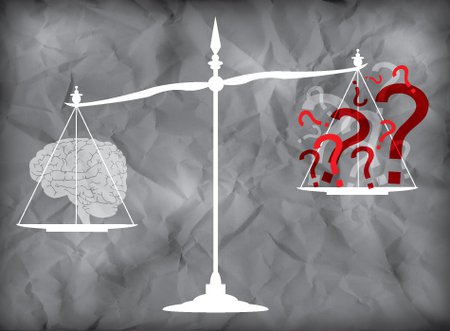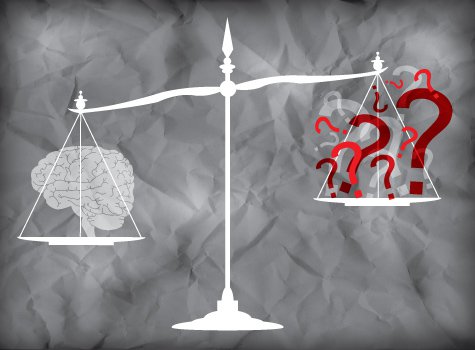Inside the Brains of Jurors
When jurors sentencing convicted criminals are instructed to weigh not only facts but also tricky emotional factors, they rely on parts of the brain associated with sympathy and making moral judgments, according to a new paper by a team of neuroscientists. Using brain-imaging techniques, the researchers, including Caltech's Colin Camerer, found that the most lenient jurors show heightened levels of activity in the insula, a brain region associated with discomfort and pain and with imagining the pain that others feel.
The findings provide insight into the role that emotion plays in jurors' decision-making processes, indicating a close relationship between sympathy and mitigation.
In the study, the researchers, led by Makiko Yamada of National Institute of Radiological Sciences in Japan, considered cases where juries were given the option to lessen the sentences for convicted murderers. In such cases with "mitigating circumstances," jurors are instructed to consider factors, sometimes including emotional elements, that might cause them to have sympathy for the criminal and, therefore, shorten the sentence. An example would be a case in which a man killed his wife to spare her from a more painful death, say, from a terminal illness.
"Finding out if jurors are weighing sympathy reasonably is difficult to do, objectively," says Colin Camerer, the Robert Kirby Professor of Behavioral Finance and Economics at Caltech. "Instead of asking the jurors, we asked their brains."
The researchers scanned the brains of citizens (potential jurors) while the participants read scenarios adapted from actual murder cases with mitigating circumstances. In some cases, the circumstances were sympathy-inducing; in others, where, for example, a man became enraged when an ex-girlfriend refused him, they were not. The scientists used functional magnetic resonance imaging (fMRI), a type of brain scanning that tracks increases in oxygenated blood flow, indicating heightened brain activity. The participants also had their brains scanned when they determined whether to lessen the sentences, and by how much.
The team found that sympathy activated the dorsomedial prefrontal cortex, precuneus, and temporo-parietal junction—brain regions associated with moral conflict and thinking about the feelings of others. Similarly, the jurors had increased activity in these regions during sentencing when the mitigating circumstances earned their sympathy. In those cases, they also delivered shorter hypothetical sentences.
In addition to Camerer and Yamada, coauthors on the new paper, "Neural circuits in the brain that are activated when mitigating criminal sentences," are Saori Fujie, Harumasa Takano, Hiroshi Ito, Tetsuya Suhara, and Hidehiko Takahashi of the National Institute of Radiological Sciences; Motoichiro Kato of the Keio University of Medicine; and Tetsuya Matsuda of Tamagawa University Brain Science Institute. Yamada is also affiliated with Tamagawa University Brain Science Institute and Kyoto University School of Medicine; she and Takahashi are additionally affiliated with the Japan Science and Technology Agency.
 Credit: Caltech
Credit: Caltech

